Imagine this: your car dealership’s website is like a shiny new sports car, but without digital marketing, it’s like driving with a flat tire! In today’s digital era, mastering online marketing is not just an option for car dealerships; it’s a race they must lead to stay ahead. Your dealership’s success hinges on how well you adapt to and implement digital marketing strategies as the world goes digital. Plerdy, an expert in enhancing website performance, knows this all too well. Here, we’ll explore why digital marketing is no longer the backseat driver but the steering wheel guiding your dealership to the finish line of success.
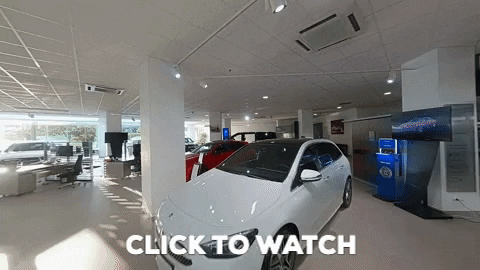
Understanding the Digital Landscape for Car Dealerships
In the fast-paced car sales world, understanding the digital landscape is like learning to navigate a new, high-tech vehicle. Car dealerships must keep up with the ever-changing digital environment to drive their businesses forward.
The Evolution of Digital Marketing in Auto Sales
The digital marketing landscape for car dealerships has evolved dramatically, shifting from traditional print and broadcast media to a focus on digital channels. Due to shifting consumer habits, more automobile purchasers start their search online. Digital platforms offer unparalleled opportunities for targeting and engaging with prospective customers. For instance, a study by AutoTrader revealed that 95% of vehicle buyers use digital resources for research.
This means embracing various digital marketing strategies for auto dealerships, including search engine optimization (SEO), social media marketing, and online advertising. These solutions let dealerships reach more people faster than traditional marketing.
Key Statistics and What They Mean for Dealerships
Compelling statistics underscore the importance of digital marketing in the automotive sector. Research shows that a significant portion of the car-buying process now happens online, with buyers spending an average of over 10 hours researching vehicles online. This highlights the need for car dealerships to have a strong online presence.
Additionally, Google’s research indicates that mobile searches for “dealerships near me” have increased significantly, underscoring the importance of local SEO and mobile-friendly website design. By understanding these trends and adapting their marketing strategies accordingly, car dealerships can effectively capture modern consumers’ attention.
The digital landscape for car dealerships is dynamic and constantly evolving. Dealerships that understand and adapt to these changes can successfully navigate this landscape, using digital marketing tools to connect with consumers, enhance brand visibility, and drive sales. For automotive success, remaining informed and adaptive in marketing strategy is crucial as the digital world grows.
Developing a Robust Digital Marketing Strategy for Car Dealerships
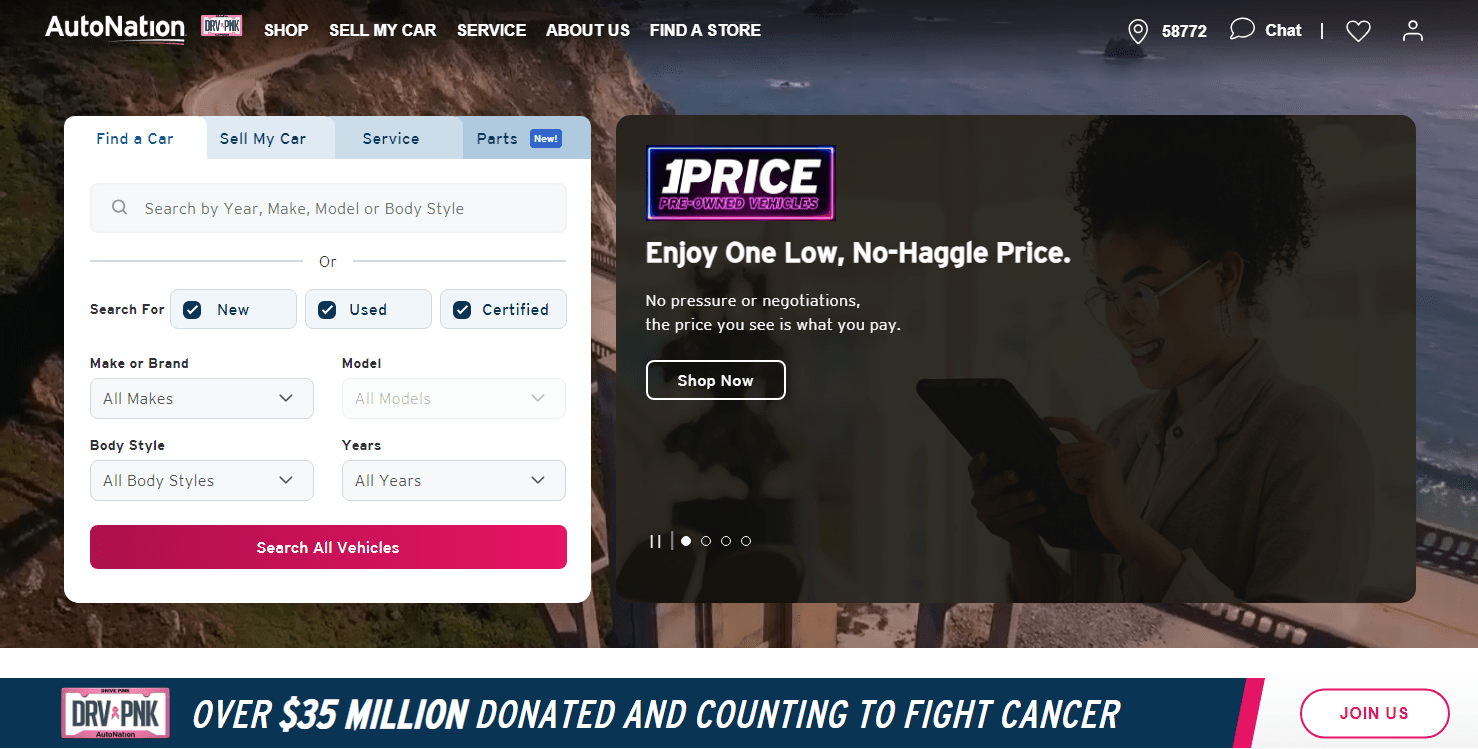
A strong digital marketing plan for car dealerships is like a roadmap to success in the digital age. Every turn and strategy must be carefully planned and executed to navigate the competitive landscape of the automotive industry.
Setting Clear Objectives and Goals
Set goals and objectives before creating a digital marketing plan. What do you want to achieve with your online presence? It could be increasing brand awareness, boosting sales, or enhancing customer engagement. Establishing SMART goals is essential – specific, measurable, achievable, relevant, and time-bound. A goal could be to boost website traffic by 30% next quarter or social media followers by 25% in six months. Having clear objectives directs your efforts and resources effectively.
Identifying Your Target Audience
Digital marketing success depends on knowing your audience. Who are your potential customers? What are their interests, behaviors, and preferences? Adjust marketing messages and approaches to your audience by understanding them. For example, younger audiences are more responsive to social media campaigns, while older demographics prefer email newsletters. Use Google Analytics to understand your audience’s online habits.
Choosing the Right Digital Marketing Channels
Selecting the right digital channels is crucial for reaching your target audience effectively. Each channel targets various audiences. For car dealerships, a mix of SEO, social media, email, and content marketing is often effective. SEO helps improve your website’s visibility in search engine results, driving more organic traffic. Engage customers and market your vehicles and services on Facebook, Instagram, and LinkedIn. Email marketing is an excellent way to keep in touch with your customers, providing them with updates, offers, and valuable information. Content marketing, like blogs and videos, may develop buyer trust and brand your business as an automotive authority.
A successful auto dealership digital marketing strategy involves careful planning and implementation. It requires clear goals, audience knowledge, and channel selection. By following these steps, dealerships can effectively navigate the digital world, connect with customers, and drive growth in their business. As the automotive industry evolves, so should your marketing strategies, adapting to new trends and technologies to stay ahead.
Digital Marketing and Automotive Industry: Enhancing Your Dealership’s Online Visibility
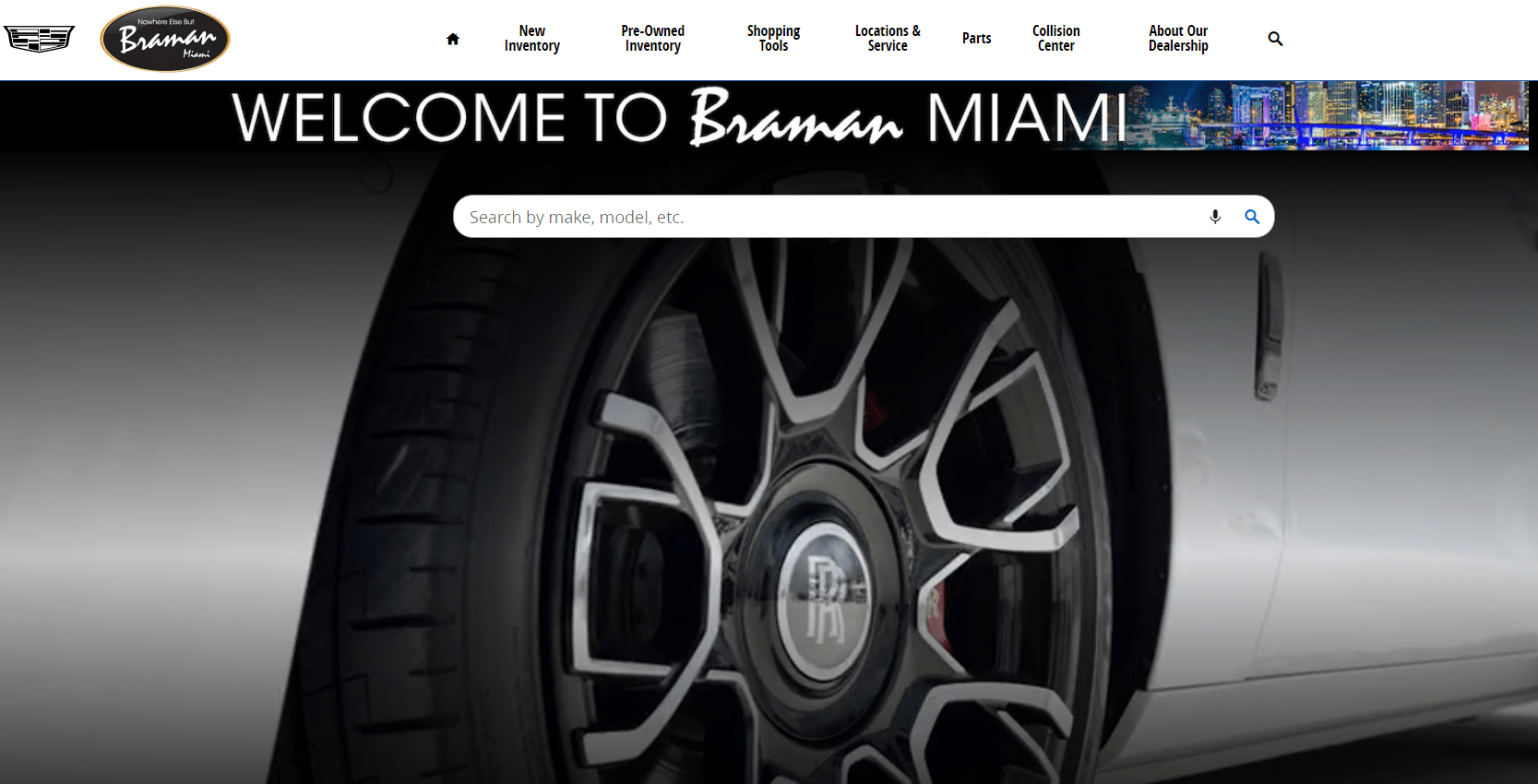
In the dynamic world of digital marketing, especially in the automotive industry, enhancing your dealership’s online visibility is akin to turbocharging your sales engine. Neglecting this aspect means you’ll be left in the dust by competitors who are more digitally savvy.
Crafting an Automotive-Focused, Marketing-Driven Website
The heart of your digital marketing strategy in the automotive sector should be a marketing-driven website. It’s not just about aesthetics; your website must be intuitive and user-friendly. Essential features include a streamlined design, legible fonts, and high-resolution images showcasing your vehicles. Each car listing should be comprehensive, with clear pricing and specifications, facilitating the decision-making process for prospective buyers. Your website is your digital showroom; ensure it leaves a lasting impression.
Mobile optimization is paramount in an era where most customers use their smartphones for browsing. A mobile-optimized website makes your content available on any device. Tools like Google’s Mobile-Friendly Test can help assess your website’s performance on mobile platforms.
Applying Robust SEO Strategies in the Automotive Sector
For any automotive dealership, SEO is crucial to boost the website’s visibility on search engines. Begin by pinpointing keywords related to the automotive market and your dealership that potential customers will likely use. Integrate these keywords seamlessly into your site’s content, meta tags, and URLs.
- Local SEO deserves special attention in the automotive marketing strategy. Ensure your dealership is prominently listed on platforms like Google My Business and consistent across local online directories. Accurate and consistent NAP (Name, Address, Phone Number) details enhance your visibility in local searches, drawing in customers from your area.
- Backlinks are vital in building your website’s authority. They are like digital recommendations from other sites, indicating to search engines that your automotive content is trustworthy. Engage in community events or collaborate with automotive enthusiasts and bloggers to acquire high-quality backlinks.
In the fast-paced realm of automotive digital marketing, optimizing your website and applying effective SEO techniques are key to staying ahead. These steps increase your online traffic and ensure meaningful engagement with potential clients. Automotive dealerships need a strong digital marketing plan to succeed in the digital age. Keep improving your internet strategies to stay ahead in the automobile sector.
Digital Marketing Strategies for Dealerships: Maximizing Social Media Impact
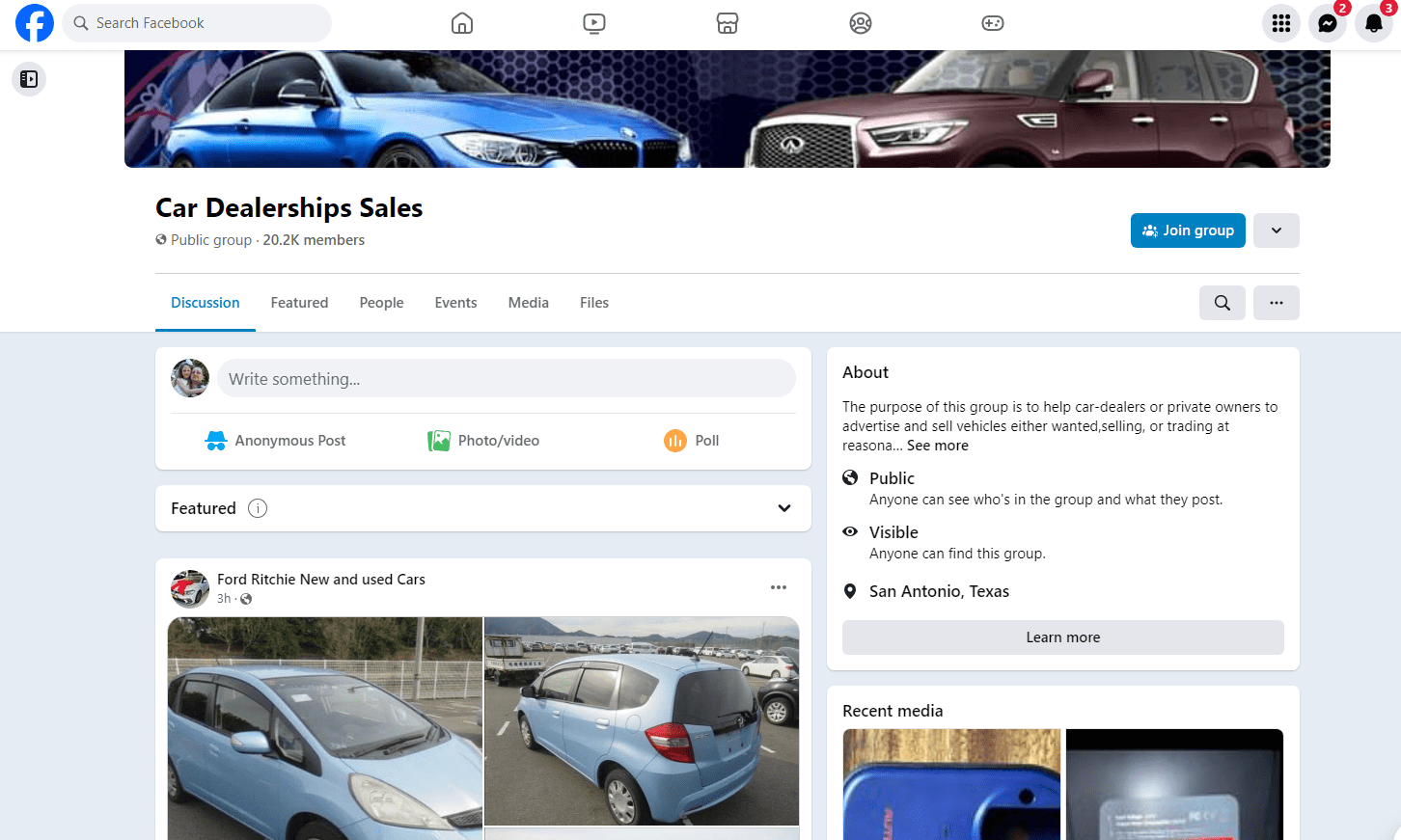
In today’s digital-driven marketplace, social media is a pivotal component of any dealership’s marketing strategy. It’s an engine that supercharges your dealership’s visibility and customer connections. A dealership that harnesses the power of social media not only gains local traction but also carves a significant presence in the broader digital automotive arena.
Selecting Platforms and Crafting Dealership-Centric Content
The effectiveness of digital marketing on social media for dealerships hinges on selecting appropriate platforms and creating compelling content. Key platforms for a dealership include Facebook, Instagram, and LinkedIn, each serving a unique purpose. Facebook and Instagram are ideal for visually showcasing your inventory, while LinkedIn provides a platform for B2B connections and reinforcing your dealership’s professional brand.
Producing content that engages your audience is essential. Showcase new arrivals, customer feedback, and behind-the-scenes looks at your dealership with captivating images and videos. Distribute informative content, like vehicle maintenance advice and automotive industry updates, to establish your dealership as an authoritative voice in the field. Polls and social media stories establish dealership brand communities.
Digital Marketing and Engagement via Social Media Advertising
Utilizing paid social media advertising is a potent way to extend your dealership’s digital reach. Targeted advertising on Facebook and Instagram lets you reach customers by demographic and interest. Techniques like retargeting ads effectively keep your dealership in the minds of users who have shown interest but have yet to purchase.
Engagement extends beyond just posting content; it’s about nurturing a dialogue. Promptly and personably responding to comments, messages, and reviews demonstrates your dealership’s commitment to customer interaction and appreciation. Organizing contests and promotional events can also boost engagement and expand your dealership’s social media footprint.
In leveraging social media for marketing, dealerships must understand their audience’s digital habits and the kinds of interactions they prefer. It involves creating content that highlights your inventory and narrates your brand’s story. As the digital domain evolves, dealerships adeptly utilizing social media for marketing are poised to achieve considerable competitive benefits, accelerating sales and fostering enduring customer loyalty.
Email Marketing and Lead Generation for Car Dealerships
Email marketing and lead generation are your dealership’s GPS in the fast-paced vehicle sales business. By effectively harnessing these tools, car dealerships can navigate the route to higher sales and customer loyalty with precision and ease.
Building and Segmenting an Email List
The journey begins with building a robust email list – a critical asset for any successful email marketing strategy. Offer exclusive bargains or automobile material to website visitors who join up for your newsletter. Additionally, collecting emails during sales or service visits adds to this list. Once you have a substantial list, segmenting it becomes crucial. Segmenting subscribers by hobbies, past purchases, or engagement levels guarantees they receive relevant and personalized material, increasing engagement and conversion. For example, sending maintenance tips to customers who recently purchased a specific model or offering exclusive trade-in deals to those looking for an upgrade.
Crafting Effective Email Campaigns
With a segmented list, crafting compelling email campaigns is your next step. Each email should have a clear, engaging subject line, concise content, and a strong call to action. Personalizing emails with the recipient’s name or referencing their last purchase can significantly increase open and click-through rates. Use visually appealing templates and include high-quality images of your inventory.
Emails should provide value to the recipient through informative content, special offers, or updates about new models and dealership events. Regular newsletters keep your dealership at the forefront of customers’ minds, while promotional emails can drive sales and service appointments.
Lead generation and email marketing are powerful tools that, when used effectively, can significantly boost a car dealership’s sales and customer engagement. It’s about building relationships through personalized communication and offering value to your subscribers. As you refine your email strategy and grow your list, your dealership will enjoy the benefits of a loyal customer base and a steady stream of leads. Remember, in car sales, staying connected with your customers through effective email marketing can drive long-term success.
Tracking and Analyzing Digital Marketing Performance
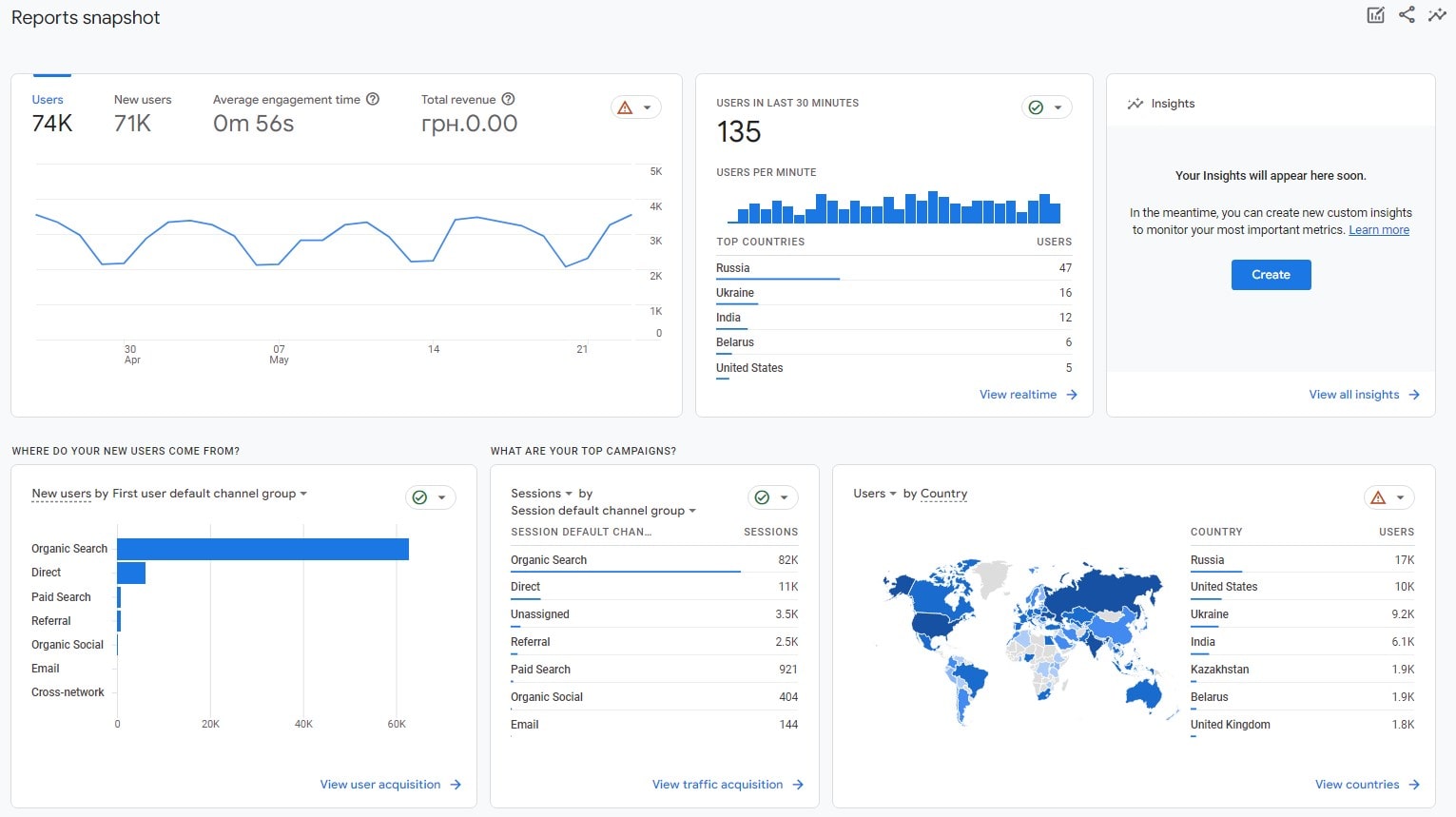
In the dynamic world of car dealership marketing, tracking and analyzing digital performance is akin to a mechanic fine-tuning a high-performance engine. Even the most well-planned marketing campaigns can sputter and stall without proper analysis and adjustments.
Essential Metrics to Track
Key metrics provide insights into the health and effectiveness of your digital marketing efforts. Website traffic, social media engagement, email open and click-through rates, and conversion rates are vital for car dealerships. Utilizing tools like Google Analytics offers a comprehensive view of your website’s performance, helping to identify which pages drive traffic and which are underperforming.
Social media platforms also offer analytics, showing how users interact with your content. This information is crucial for understanding what resonates with your audience. Similarly, email marketing platforms provide data on open and click-through rates, indicating the effectiveness of your subject lines and content. Tracking lead conversion rates from your website and social media gives a clear picture of how well your digital marketing translates into actual sales.
Analyzing and Adjusting Strategies
Simply collecting data isn’t enough; the key is in its analysis and the subsequent adjustments to your strategy. For instance, if certain social media posts garner more engagement, focus on creating similar content. If particular email subject lines have higher open rates, use similar language in future campaigns.
It’s also vital to monitor trends over time. Sudden changes in website traffic or a drop in social media engagement can signal a need for strategy adjustments. Use A/B testing to compare different aspects of your marketing, like different website layouts or ad formats, to determine what works best.
Tracking and analyzing digital marketing performance is crucial for car dealerships to ensure their efforts are effective and yield the desired results. By regularly reviewing these metrics and making informed adjustments, dealerships can optimize their digital marketing strategies for maximum impact and efficiency. Remember, staying agile and responsive to data is key to driving success in your marketing endeavors in the fast-paced digital world.
Conclusion
In navigating the fast-paced highway of digital marketing, car dealerships have the wheel to steer their journey toward success. This comprehensive guide has illuminated the path from understanding the digital landscape to implementing effective strategies. Remember, the race never truly ends; it’s about constantly adapting and evolving your marketing tactics. Hungry for more insights? Plerdy’s blog is your next pit stop, offering a wealth of knowledge to further supercharge your digital marketing strategies. And remember, Plerdy is here to help accelerate your online success, offering tools and insights to optimize your digital presence effectively. Drive into the future of car dealership marketing with confidence and the right tools at your side!
